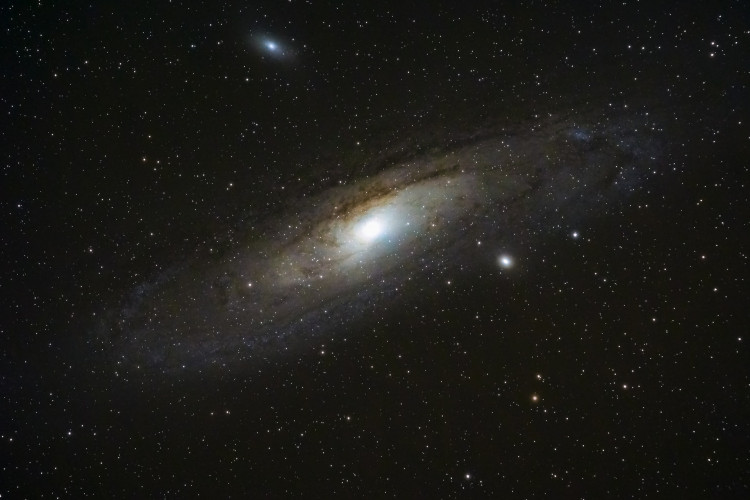The Andromeda Galaxy will collide with our galaxy, the Milky Way, in about 4 billion years, unleashing a dazzling explosion of star formation. But this is old news.
For decades, scientists have known about the imminent collision; several popular articles have addressed it, and a team working with the Hubble Space Telescope has also assembled images of what the imminent catastrophe is going to look like.
Yet the plot has a surprising twist.
Researchers working on a sky-mapping project called AMIGA announced in September that the early stages of the collision with the Andromeda-Milky Way would occur well before the main event. You don't have to wait four billion years to watch a galaxy meet head-on. You can see it happening right now with a little vision improvement ... Because the collision with the Andromeda-Milky Way has already started.
The cause of the collision a few billion years before schedule is that Andromeda Galaxy is considerably larger than it seems. The galaxy's brilliant starry disk has a diameter of about 120,000 light-years, marginally smaller than the Milky Way. Deep observations of Andromeda in recent years using massive Keck telescopes in Hawaii have discovered a large population of stars that have stretched the galaxy to about 200,000 light-years in total diameter. However, that's nothing in comparison with the latest study.
Notre Dame University's Nicolas Lehner and his colleagues determined that the halo of Andromeda, its outer envelope of incredibly thin, hot gas, sort of like a cosmic atmosphere, continues to leave its core up to 2 million light-years away. ' They were shocked to learn that Andromeda's reaches well beyond the apparent limits of the galaxy.
In other words, it is the galaxies' dim halos that indeed seem to have begun to touch each other. Thus, the collision of our two galaxies has already begun, in a way of saying.
What about Earth then? Will our home survive the merger?
Astronomers predict that over the next 4 billion years, the luminosity, or intrinsic brightness of our sun is expected to rise steadily. The amount of solar radiation hitting Earth will, therefore increase as the luminosity of the sun increases. It is probable that the rise in the surface temperature of Earth will have caused a runaway greenhouse effect 4 billion years from now, maybe equivalent to what's occurring now on our twin planet, Venus, whose surface is unbelievably hot it could melt lead.
Similarly, it seems likely that life on Earth will not exist in the next 4 billion years.
The research was published in the Astrophysical Journal.



